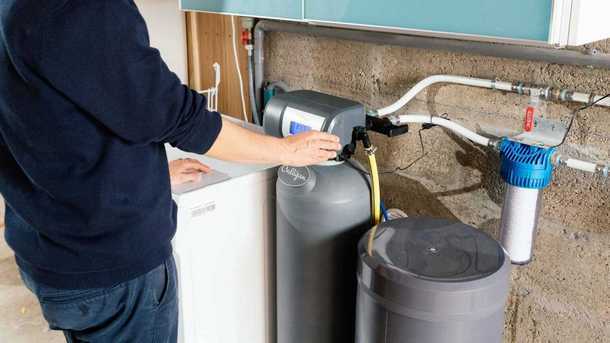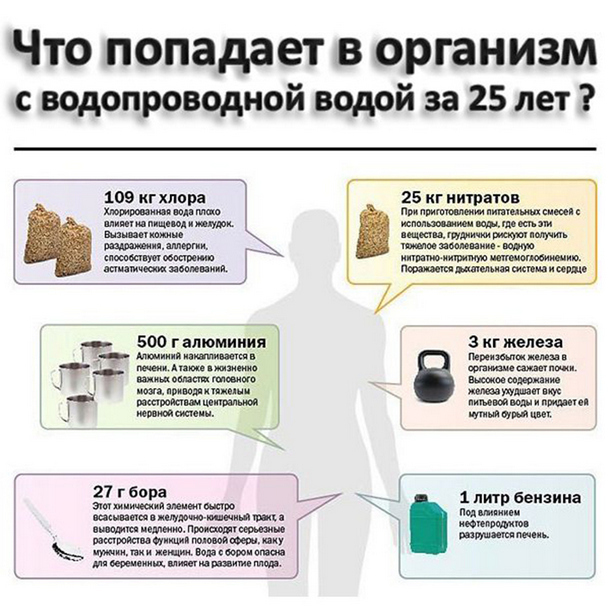Content
- Enamel bath
- Preparatory work
- Enamel application
- Liquid Acrylic Restoration
- Restoration with an acrylic liner
- Insert Algorithm
- Conclusion
Over time, any plumbing wears out and loses its original appearance. Rust, chips, scratches, cracks, loss of gloss and whiteness are inevitable consequences of daily operation and improper care. Restore a decent look to old plumbing is able to restore the bath with your own hands. In order for the bath to be updated with the least cost and effort, you need to be familiar with the algorithm of this procedure at home, understand how to restore the bath, how to paint the bath inside, which ones to choose facilities.

You can restore the bath yourself in three ways. Depending on its initial state, you can choose one of them:
- Enamelling.
- Recovery with liquid acrylic.
- Insert installation.
Enamel bath
DIY enameling a bath is a feasible procedure for any host. To understand how to restore the enamel of the bath, you need to pay attention to the condition of the container.
Repairing a cast iron or steel bath with enamel is justified if there are no deep chips and cracks. Otherwise, the enamel, even applied in 2-4 layers, will not hide serious damage.
[smartcontrol_youtube_shortcode key = "bath enamel" cnt = "4 ″ col =" 2 ″ shls = "true"]
How to restore a cast-iron bath yourself at home? When choosing what to paint the bath inside, preference should be given to high-quality epoxy enamel from trusted manufacturers, guided by the following criteria:
- The choice of method for applying enamel: with a brush, roller, spray or in bulk. The most acceptable are brushing or in bulk, as the roller may impart unnecessary porous texture, and aerosol spraying can be used only in case of repair of individual plots.
- Completeness of a set for restoration of coverage. It is convenient to purchase a kit, which includes everything necessary for repair - enamel, auxiliary components, application tools and compositions for preparing the bath.

Important! High-quality epoxy enamel due to its thick consistency can create a smooth, even surface and close up small chips. But it is worthwhile to understand that independent repair of the bath at home is inferior to the industrial method of application enamels: there may be a change in the color of the new enamel, increased vulnerability to shocks and chips, limitations in funds care.
USEFUL INFORMATION:How to choose a door to the bathroom and toilet
Self-enameling of the bath takes place in two stages: preparatory work and the application of enamel.
Preparatory work
Repair of a cast iron or steel bath begins with the preparation of its surface. The work algorithm looks like this.
- Removing old enamel. To apply abrasive powder and to clean enamel with an emery or grinding nozzle.
Important! The prepared surface should not be perfectly smooth. Roughness is important for better adhesion.
- Scraping rust. Using special means (rust converter, powerful chemical compounds) or alternative methods (ammonia and hydrogen peroxide, salt and wine vinegar, hydrochloric acid) try to maximize traces of rust.
- Degreaser treatment. For quality adhesion new enamel with surface must be degreased. You can use alcohol, acetone or any special tool.
- Filling with hot water. Before enameling, you need to warm the cast-iron bath by filling it to the brim with hot water and leaving it for 10 minutes. Then drain and wipe dry.

Enamel application
How to restore the enamel of the bath, it becomes clearer after reading the instructions of the purchased composition for enameling. The important points are as follows:
- Cooking composition. Following the instructions, prepare the enamel, combining the active ingredient and hardener in the right proportions.
- Coating with the first layer of enamel. Coat the surface with a thin layer of enamel using a hard, wide brush, starting from the top, gradually going down into the bowl. Especially carefully you can walk along the bottom of the bathtub and drain as the most worn out places.
- Application of a second coat of enamel. A new enamel layer is applied after some time specified in the instructions. After that, it can be left to dry for 15 minutes.
- Smudge correction. All detected smudges of enamel must be smeared with a brush, moving up and down and from side to side. This should be done quickly, until the enamel is dry.
- Repeated application of enamel. To achieve a more reliable result, increase enamel strength and protect against new chips, cast-iron or metal containers can be painted over with one or two layers of enamel.
USEFUL INFORMATION:Can I make a suspended ceiling in the bathroom?

And how to restore the enamel bath, if the chips are deep? It is necessary to seal the chips with putty, polish and degrease. All chips and cracks must be carefully repaired:
- with the help of a sandpaper dipped in water, polish the edges of the chip;
- degrease cracks with solvent or white spirit;
- dry the surface;
- apply enamel.
After enameling, the bath should dry for 7-8 days. Proper bath care should preclude the use of abrasive detergents.

Liquid Acrylic Restoration
Repairing a bath with liquid acrylic is an easier process at home than enameling. Acrylic is resistant to chemical and mechanical effects, unpretentious in work. Using liquid acrylic, you can get a beautiful smooth surface that is resistant to temperature extremes and hard water.
Due to the method of applying acrylic, this method is sometimes referred to as a "bulk bath". Do-it-yourself bathtubs are an economical way to upgrade cast iron products.

Often used acrylic brand "Stakril" - a two-component high-density enamel, including a base and hardener.
Do-it-yourself acrylic coating of the bath consists of the following steps:
[smartcontrol_youtube_shortcode key = "liquid acrylic bath coating" cnt = "4 ″ col =" 2 ″ shls = "true"]
- Surface preparation. This process is similar to preparing for enameling: you need to clean the bath from the old coating, degrease, repair the cracks.
- Application of acrylic. By combining the components according to the instructions, acrylic from a convenient container is poured into the bathtub with a thin stream, pushing it under the edge of the tile. The acrylic layer should be approximately 4-6 mm and drain to the middle of the tank. Moving along the side, you need to evenly pour acrylic. After applying acrylic, the outer edge continues to be poured into the middle of the tank, gradually narrowing the circles and moving in a spiral. The remaining mixture flows into the prepared container through the drain.
- Drying out. Liquid acrylic can dry from 6 to 24 hours. But still, it’s better not to rush to immediately use the updated bathroom, but to wait a few days.
USEFUL INFORMATION:DIY ventilation installation in the bathroom and toilet

Restoration with an acrylic liner
A third repair method is to insert a liner or “bath into a bath”. At home, it is impossible to make an insert, it is made industrially and is an insert that repeats the shape of the bath itself. This is a simple and quick way to repair the bath yourself. But he also has disadvantages:
- Installation requires removal of the bottom row of tiles to secure the edge of the insert.
- The inability to repeat the exact shape of the cast-iron bath liner. This is due to the fact that cast iron, a material for molding, is complex and has different cavities and protrusions, which, when the insert is installed, provoke the formation of voids. All this negatively affects the quality of the new bath.

Insert Algorithm
- Remove the tile adjacent to the bathtub.
- To clean old enamel.
- Wash, degrease and dry the bath.
- Remove the drain system and seal the hole with silicone gaskets.
- Try on the liner. Mark the place where the mouth of the drain will be located. If necessary, cut off excess acrylic.
- Pull out the liner and apply a two-component foam or mounting adhesive over the entire surface of the bathtub inside.
- Return the drain device and install the liner.
- Treat the joint of the bathroom with the wall with plumbing sealant.
- For better tightness, install plastic borders.
[smartcontrol_youtube_shortcode key = "install the liner in the bath" cnt = "4 ″ col =" 2 ″ shls = "true"]

Conclusion
Do-it-yourself bath restoration - an option that is far from always dictated only modest repair budget. In addition to the obvious monetary savings, it is also an opportunity to solve the problem of "little blood": do not dismantle the bath, do not violate wall and flooring, and labor and time costs to minimize compared with a complete replacement bathtubs.

EXPERT SITE
Tsugunov Anton Valerevich
Master Station Wagon
- Since 2003, I have been engaged in the repair and decoration of premises.
- Over 100 completed objects.
- I appreciate the quality, more than the quantity!
Personal page >>>
Friends!
I offer you the service "Friend Builder"
As this site develops, subscribers and visitors are turning to me more and more often asking for help with advice on various issues of repair and decoration.
Questions are sometimes asked very complex and interesting. You can’t write an article for each situation, so I decided to advise you individually.
Thanks to you, friends, a new direction of my favorite work has been born - share your experience and benefit everyone who is undergoing repairs!
Get a one-time consultation from me >>>
Order full apartment repair support >>>


